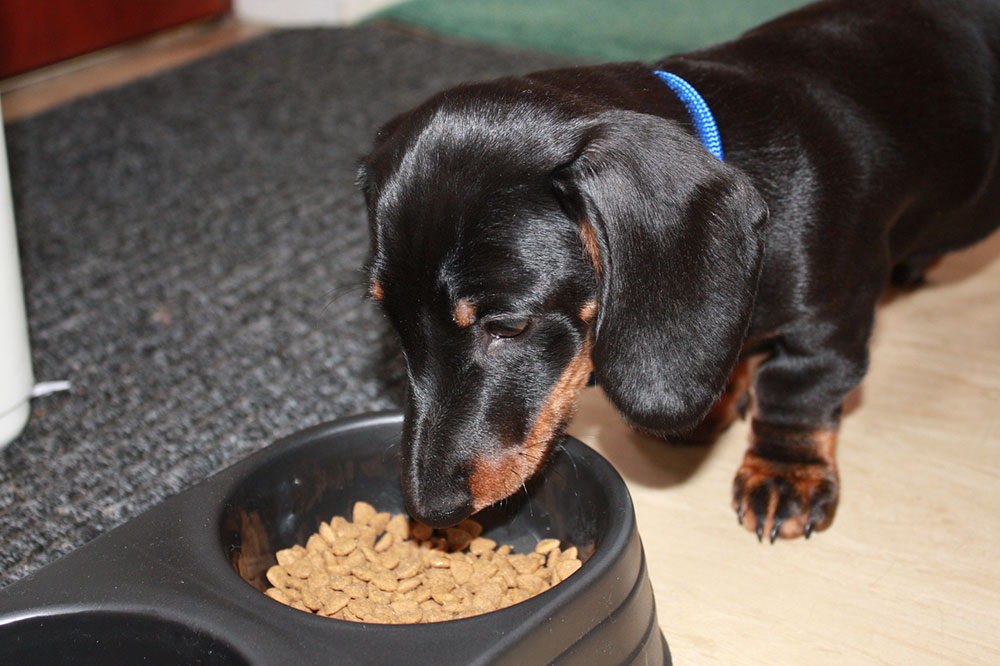
7 Tips for Managing Food Allergies in Dogs
Food allergies cause varying symptoms in dogs. They may cause ear infections, skin health issues, or gastrointestinal trouble, and severe cases can even affect mood. Some pet owners treat their dogs symptomatically without realizing that food is the cause of the problem. Allergies are different from intolerance, as they are immune responses on exposure to an allergen, and following a few simple dietary tips come in handy for managing food allergies in dogs.
- Consult a vet
It’s advisable to visit a vet before concluding that your dog has a food allergy. Misdiagnosing the problem may deprive your dog of proper and timely treatment. - Identify the trigger food
The easiest and most obvious way to identify a food allergen is to eliminate common foods from your dog’s diet. Even snacks or gelatin capsules that contain vitamins could trigger an allergy. You can switch to a completely different protein source and see if it makes a difference. Then, you can switch the carbohydrate source. When testing a dog’s allergy on an elimination diet, avoid feeding your pet any snacks or food scraps, and sensitize all members of the family to this, as treating your dog will defeat the point of the exercise. Also, avoid fruits, vegetables, and herbs for the duration of the trial diet. It’s best to feed them carefully prepared home-cooked meals. - Reintroduce foods
Once you’ve settled on a diet that does not trigger allergies, it’s time to reintroduce foods. One of the important dietary tips for managing food allergies in dogs is to maintain a food diary and reintroduce only one food at a time. Do not introduce any new food or snacks for a few days. This way, you can precisely identify a trigger food when there is an allergic reaction. - Hypoallergenic dog food
The symptoms of a food allergy may cause your dog to be underfed and malnourished at times. In such cases, it’s important to help your dog eat and regain strength, and you can opt for hypoallergenic dog foods. This is achieved by using hydrolyzed proteins, and these protein particles are so small that IgA does not bind to them, preventing allergic reactions. - Pre-process homemade food
If you prepare your dog’s food at home, you can aid protein digestion by grinding the protein source in a food processor. This helps significantly in the digestion process. - Read the food labels
Dog food packages and advertisements may not give a clear picture of what exactly the food includes. A helpful dietary tip for preventing and managing food allergies in dogs is to read the ingredients list before buying dog food. Avoid foods with multiple protein sources, as it makes it difficult to identify a trigger food. - Select appropriate foods
After identifying the trigger food, you can buy dog foods that do not contain that particular ingredient. If you regularly buy the same brand, an allergic reaction might result from a particular batch being contaminated.


